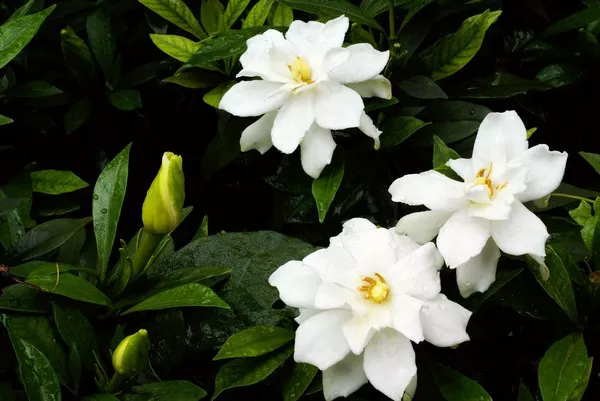Chilli plants are not only delightful to cultivate but also offer the satisfaction of harvesting fiery fruits for culinary use. However, if your chilli plant is not flowering as expected, it can be frustrating and may hinder your plans for a bountiful harvest. Several factors can contribute to the lack of flowers on your chilli plant, and understanding these issues is crucial for resolving the problem. In this article, we will explore the possible reasons behind your chilli plant’s failure to flower and provide practical solutions to promote healthy flowering.
1. Insufficient Sunlight
Chilli plants are tropical perennials that thrive in warm and sunny conditions. Adequate sunlight is essential for flowering, as it fuels the process of photosynthesis, providing energy for the plant’s growth and reproduction. If your chilli plant is not receiving at least 6-8 hours of direct sunlight per day, it may not produce flowers.
Solution: Maximizing Sun Exposure
To address insufficient sunlight, ensure your chilli plant is placed in a spot that receives ample sunlight throughout the day. Consider moving the plant to a sunnier location or using artificial grow lights to supplement natural sunlight.
2. Improper Watering
Overwatering or underwatering your chilli plant can negatively impact flowering. Inconsistent watering may stress the plant, leading it to conserve energy and withhold flower production.
Solution: Watering Best Practices
Water your chilli plant consistently, allowing the topsoil to dry slightly between waterings. Use well-draining soil to prevent waterlogging, which can cause root rot and other water-related issues. Avoid overhead watering as it may encourage fungal growth.
3. Nutrient Deficiencies
Chilli plants require a balanced diet of essential nutrients to bloom successfully. A lack of crucial nutrients like phosphorus, potassium, and magnesium can inhibit flower formation.
Solution: Feeding Your Chilli Plant
Fertilize your chilli plant with a balanced, water-soluble fertilizer, specifically formulated for vegetables or flowering plants. Pay attention to the N-P-K (nitrogen-phosphorus-potassium) ratio, favoring higher levels of phosphorus to promote flowering. Follow the recommended application rates on the fertilizer package to avoid over-fertilization, which can harm the plant.
4. Temperature Extremes
Chilli plants are sensitive to extreme temperatures. If the temperature falls below 15°C (59°F) or rises above 32°C (90°F), the plant’s ability to produce flowers can be impaired.
Solution: Temperature Management
To mitigate the effects of extreme temperatures, consider moving your chilli plant indoors or to a greenhouse during periods of cold or hot weather. Additionally, using shade cloth during scorching days can protect the plant from excessive heat.
5. Pests and Diseases
Pests such as aphids, thrips, and spider mites, as well as diseases like powdery mildew and bacterial spot, can stress chilli plants and divert their resources away from flowering.
Solution: Maintaining Plant Health
Inspect your chilli plant regularly for signs of pests and diseases. Employ organic pest control methods such as neem oil, insecticidal soap, or introducing beneficial insects like ladybugs. For diseases, ensure good airflow around the plant and avoid overhead watering to reduce moisture on the foliage.
6. Poor Pollination
For chilli plants to produce fruits, proper pollination is crucial. While chillies are self-pollinating, external factors like wind or pollinator activity (bees, butterflies) play a significant role in facilitating pollination.
Solution: Encouraging Pollination
If you are growing your chilli plant indoors, gently shake the plant’s stems or use a small brush to mimic pollination. For outdoor plants, consider planting companion flowers that attract pollinators. Creating a pollinator-friendly environment can significantly improve fruit set.
Conclusion
A chilli plant’s failure to flower can be attributed to various factors, but with careful observation and timely interventions, these issues can be resolved. By providing adequate sunlight, proper watering, essential nutrients, suitable temperatures, and a healthy environment free from pests and diseases, you can encourage your chilli plant to blossom beautifully. Remember, patience and consistent care are key to cultivating a thriving chilli plant that rewards you with an abundant harvest of spicy delights. Happy gardening!


